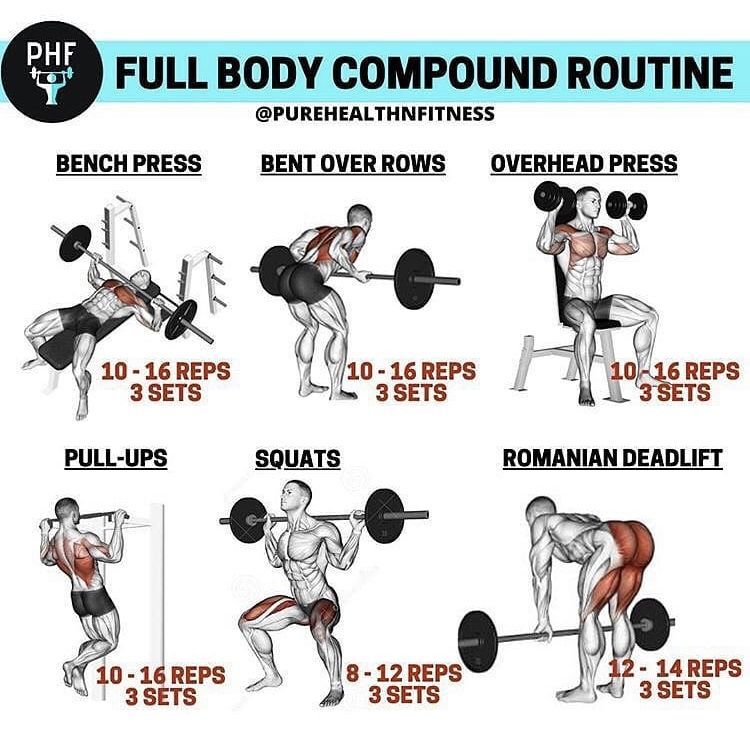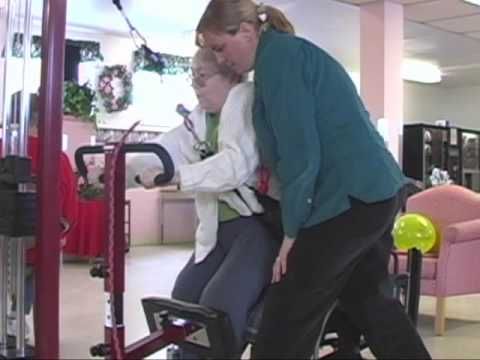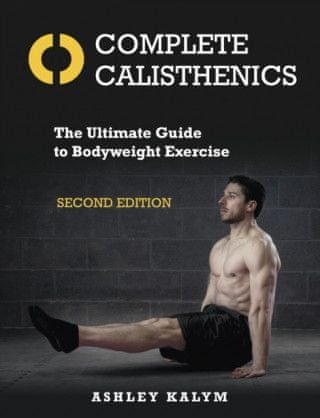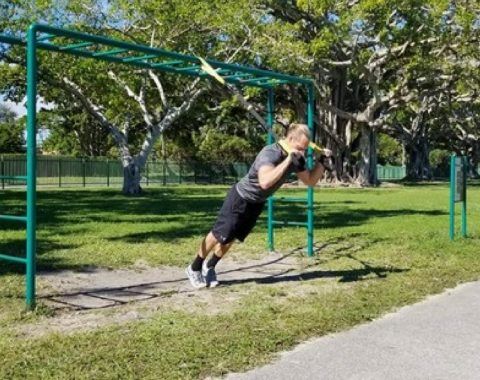Calisthenics is a form of exercise that involves using your own body weight to build strength, flexibility, and endurance. Unlike traditional weightlifting, which usually isolates specific muscle groups, calisthenics workouts engage multiple muscle groups at once, allowing you to achieve full body strength. With the right approach and consistent practice, calisthenics can help you transform your physique and take your fitness to new heights.
The Benefits of Calisthenics
Calisthenics offers numerous benefits that make it a popular choice among fitness enthusiasts:
1. Convenience
One of the major advantages of calisthenics is that it can be performed anywhere, anytime, without the need for expensive gym equipment. All you need is your body and a small space to start your workout. Whether you're at home, in a park, or traveling, calisthenics allows you to maintain your fitness routine without any constraints.
2. Strength and Muscle Development
Calisthenics exercises require you to engage multiple muscle groups simultaneously, leading to balanced strength development throughout your body. Movements like push-ups, pull-ups, squats, and lunges engage your core, upper body, lower body, and stabilizer muscles, providing a complete strength workout.
3. Functional Fitness
Calisthenics movements mimic natural human movement patterns, making them highly functional. The strength gained through calisthenics translates into real-life activities such as lifting heavy objects, climbing stairs, and improving overall athletic performance.
4. Flexibility and Mobility
Many calisthenics exercises require a wide range of motion, enhancing your flexibility and mobility. Movements such as deep squats and various stretches help to improve hip, shoulder, and overall joint flexibility, reducing the risk of injuries and improving your overall movement quality.
5. Fat Loss and Cardiovascular Health
Calisthenics workouts can be structured in a way that combines strength training with cardiovascular exercises, leading to increased calorie burn and fat loss. By performing exercises like burpees, mountain climbers, and jumping jacks with minimal to no rest, you can elevate your heart rate, improving your cardiovascular endurance.
Designing an Effective Calisthenics Routine
When it comes to designing a calisthenics routine, it's important to follow these key principles:
1. Progressive Overload
To continuously make progress and build strength, you need to gradually increase the intensity of your workouts over time. This can be achieved by increasing the number of repetitions, reducing the rest time, adding variations or progressions to exercises, or by incorporating more difficult movements.
2. Full Body Workouts
Include exercises that target all major muscle groups in your routine. This ensures that you're working your entire body, avoiding muscle imbalances, and achieving overall strength development.
3. Balanced Routine
Balance between pushing and pulling movements, as well as upper and lower body exercises, is crucial for a well-rounded calisthenics routine. This ensures that you're developing strength evenly throughout your body while minimizing the risk of overuse injuries.
4. Core Training
Don't forget to incorporate exercises that target your core muscles, such as planks, hollow holds, and leg raises. A strong core is essential for proper form and stability in other calisthenics exercises.
5. Rest and Recovery
Allow your body adequate time to rest and recover between workouts. Rest is crucial for muscle growth and preventing burnout or overtraining. Aim for at least one or two days of rest per week.
Sample Full Body Calisthenics Routine
Here's a sample full body calisthenics routine that you can modify based on your fitness level:
1. Warm-up
Peform 5-10 minutes of light cardio exercises such as jogging, jumping jacks, or skipping rope to warm up the body and prepare for the workout.
2. Push Exercises
- Push-ups – 3 sets of 10-15 reps
- Dips (using parallel bars or a bench) – 3 sets of 8-12 reps
3. Pull Exercises
- Pull-ups or inverted rows – 3 sets of 8-12 reps
- Horizontal rows or Australian pull-ups – 3 sets of 10-15 reps
4. Leg Exercises
- Squats – 3 sets of 10-15 reps
- Lunges – 3 sets of 8-12 reps per leg
5. Core Exercises
- Plank – 3 sets of 30-60 seconds
- Hanging leg raises – 3 sets of 8-12 reps
6. Cardio Finisher
Finish your workout with 10-15 minutes of high-intensity cardio exercises such as burpees, mountain climbers, or jumping jacks to boost your heart rate and burn some extra calories.
7. Stretching
Dedicate 5-10 minutes to stretch your entire body, focusing on the muscles you worked during the workout. This will help improve flexibility and aid in recovery.
Remember to adjust the repetitions, sets, and exercise difficulty based on your current fitness level. As you progress, make sure to continually challenge yourself by adding variations or increasing the intensity of your exercises.
Conclusion
If you're looking to achieve full body strength, flexibility, and endurance, calisthenics is an excellent option. By following the principles of progressive overload, designing a balanced routine, and incorporating core training, you can transform your physique and reach new fitness heights. Embrace the convenience and versatility of calisthenics and start your journey towards a stronger, healthier you!



